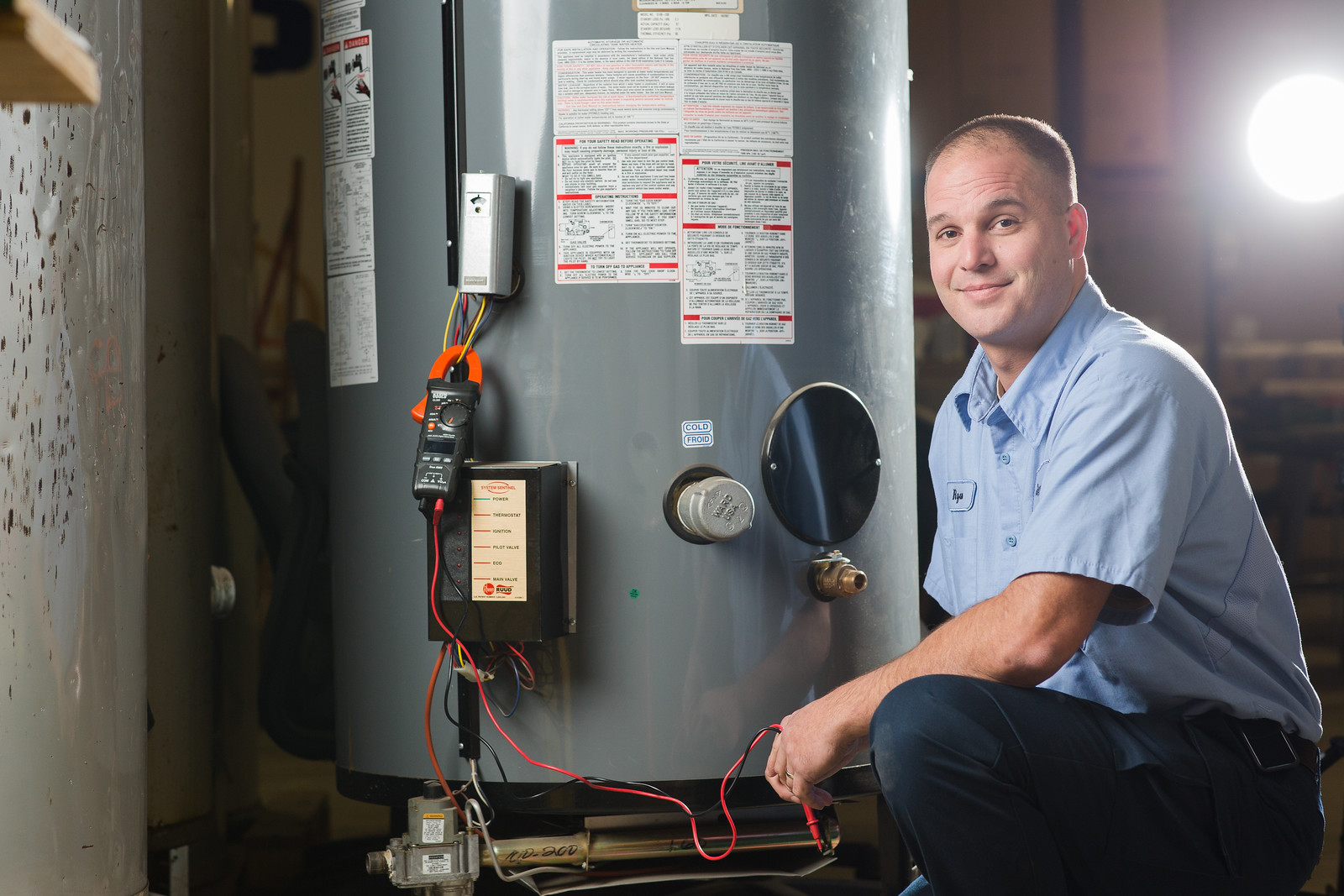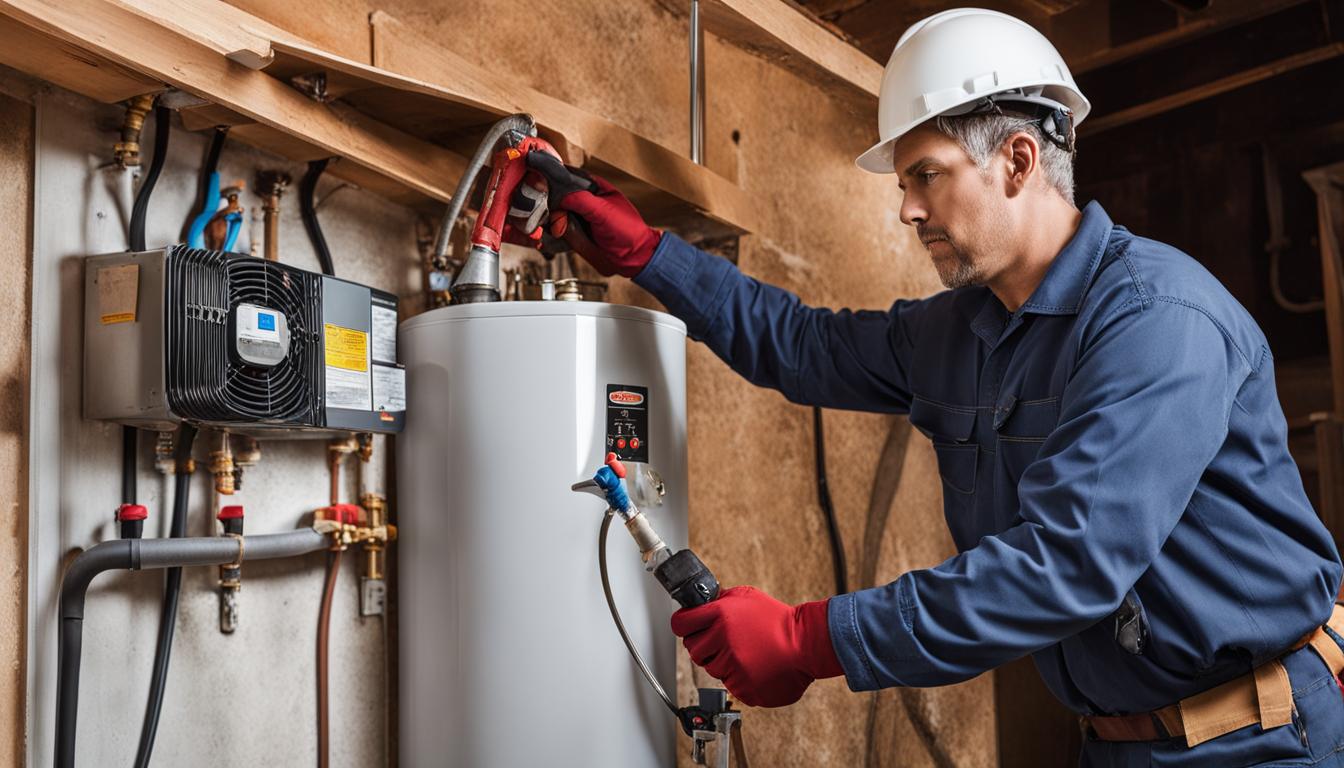Efficient Strategies for Maintaining Your Home's Hot Water System
Efficient Strategies for Maintaining Your Home's Hot Water System
Blog Article
We have come across this post about What Kind of Maintenance Do Water Heaters Need? listed below on the web and thought it made perfect sense to talk about it with you over here.

Hot water is vital for day-to-day comfort, whether it's for a refreshing shower or washing dishes. To ensure your hot water system runs successfully and lasts much longer, routine upkeep is key. This post supplies practical pointers and understandings on how to maintain your home's hot water system to stay clear of interruptions and costly repair work.
Introduction
Keeping your home's hot water system might appear difficult, but with a few straightforward actions, you can ensure it runs smoothly for years to find. This guide covers everything from recognizing your hot water system to do it yourself maintenance pointers and understanding when to hire professional aid.
Significance of Keeping Your Hot Water System
Routine upkeep not just prolongs the life-span of your warm water system but also guarantees it operates efficiently. Disregarding upkeep can lead to lowered effectiveness, higher power bills, and even premature failing of the system.
Signs Your Hot Water System Demands Maintenance
Understanding when your warm water system requires focus can protect against major issues. Keep an eye out for signs such as inconsistent water temperature level, odd sounds from the heater, or rustic water.
Recognizing Your Hot Water System
Before diving right into maintenance jobs, it's helpful to comprehend the fundamental parts of your warm water system. Generally, this includes the water heater itself, pipes, anode rods, and temperature controls.
Regular Monthly Upkeep Tasks
Routine month-to-month checks can aid catch small problems prior to they rise.
Purging the Hot Water Heater
Purging your water heater eliminates debris buildup, enhancing efficiency and prolonging its life.
Checking and Replacing Anode Rods
Anode poles protect against corrosion inside the storage tank. Evaluating and changing them when worn is crucial.
Inspecting and Changing Temperature Settings
Changing the temperature setups ensures optimal efficiency and safety and security.
Do It Yourself Tips for Upkeep
You can execute several maintenance tasks on your own to maintain your warm water system in leading problem.
Checking for Leakages
Consistently evaluate pipelines and links for leaks, as these can result in water damage and higher bills.
Testing Stress Alleviation Valves
Checking the pressure relief valve ensures it operates properly and stops extreme pressure build-up.
Shielding Pipes
Insulating hot water pipes lowers warm loss and can save power.
When to Call a Specialist
While DIY maintenance is helpful, some problems require specialist know-how.
Complicated Issues Calling For Expert Help
Examples consist of significant leakages, electric issues, or if your water heater is regularly underperforming.
Routine Specialist Upkeep Advantages
Professional upkeep can include thorough examinations, tune-ups, and making sure compliance with safety criteria.
Conclusion
Normal upkeep of your home's hot water system is crucial for performance, durability, and price financial savings. By complying with these ideas and knowing when to look for professional assistance, you can ensure a reliable supply of warm water without unexpected disturbances.
How to Maintain an Instant Hot Water Heater
Before tinkering with your hot water heater, make sure that it’s not powered on. You also have to turn off the main circuit breaker and shut off the main gas line to prevent accidents. Also turn off the water valves connected to your unit to prevent water from flowing into and out of the appliance. 2. When you’re done, you have to detach the purge valves’ caps. These look like the letter “T†and are situated on either side of the water valves. Doing so will release any pressure that has accumulated inside the valves while at the same time avoid hot water from shooting out and burning your skin. 3. When the purge valves’ caps are removed, you have to connect your hosing lines to the valves. Your unit should have come with three hoses but if it didn’t, you can purchase these things from any hardware or home repair shops. You can also get them from retail stores that sell water heating systems. Read the user’s manual and follow it to complete this task properly. When the hosing lines are connected, open the purge port’s valves. 4. You should never use harsh chemical cleaners or solutions when cleaning your unit. Make use of white vinegar instead. It should be undiluted and you’ll probably use about 2 gallons. 5. Now flush your water heater. This task should probably take about 40 minutes. We can’t give you specific directions for this because the procedure is carried out depending on the type, model and brand of your heater. With that being said, refer to the user’s manual. 6. When you’re done draining the unit, you have to turn off the purge port valves again. Remove the hosing lines that you earlier installed on each of the water valves. Put the valve caps (purge port) back in their respective places and be very careful so as not to damage the rubber discs that are found inside these caps. 7. Now that everything’s back in place, check your user’s manual again to find out how to reactivate your water heating system. 8. Once it is working, turn one of your hot water faucets on just to let air pass through the heater’s water supply pipes. Leave the tap on until water flows smoothly out of it. https://www.orrplumbing.com/blog/2014/september/how-to-maintain-an-instant-hot-water-heater/

Do you enjoy more info about What Kind of Maintenance Do Water Heaters Need?? Put a review directly below. We'd be happy to find out your feelings about this entry. In hopes that you visit us again before long. If you liked our post kindly don't forget to pass it around. I am grateful for being here. Return soon.
Start Now Report this page